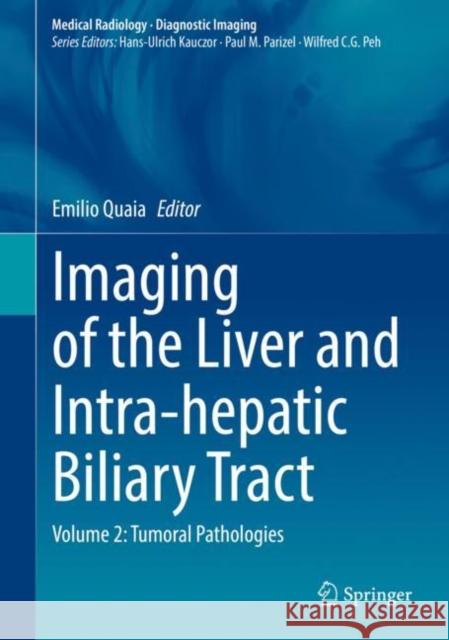Imaging of the Liver and Intra-Hepatic Biliary Tract: Volume 2: Tumoral Pathologies » książka
topmenu
Imaging of the Liver and Intra-Hepatic Biliary Tract: Volume 2: Tumoral Pathologies
ISBN-13: 9783030390204 / Angielski / Twarda / 2020 / 416 str.
Imaging of the Liver and Intra-Hepatic Biliary Tract: Volume 2: Tumoral Pathologies
ISBN-13: 9783030390204 / Angielski / Twarda / 2020 / 416 str.
cena 885,61
(netto: 843,44 VAT: 5%)
Najniższa cena z 30 dni: 848,19
(netto: 843,44 VAT: 5%)
Najniższa cena z 30 dni: 848,19
Termin realizacji zamówienia:
ok. 22 dni roboczych
Bez gwarancji dostawy przed świętami
ok. 22 dni roboczych
Bez gwarancji dostawy przed świętami
Darmowa dostawa!
Kategorie BISAC:
Wydawca:
Springer
Język:
Angielski
ISBN-13:
9783030390204
Rok wydania:
2020
Wydanie:
2021
Ilość stron:
416
Waga:
0.90 kg
Wymiary:
25.7 x 18.39 x 2.16
Oprawa:
Twarda
Wolumenów:
01











